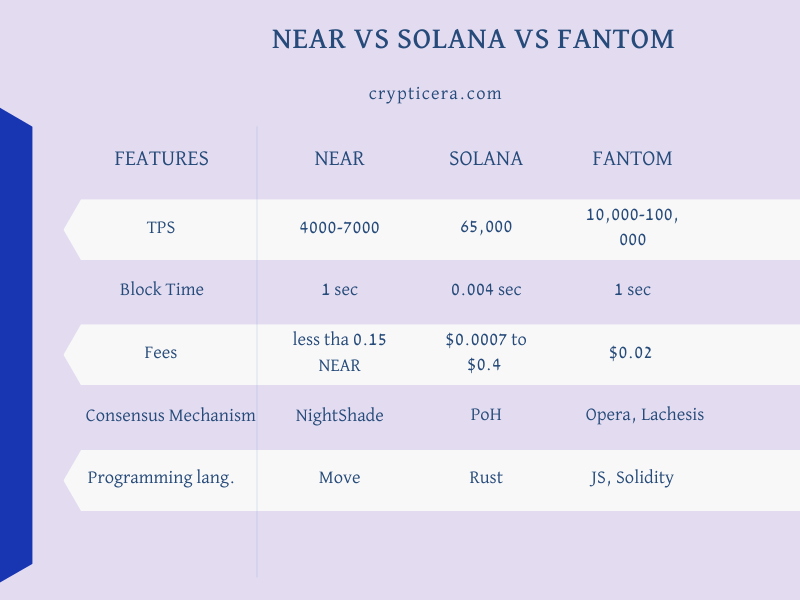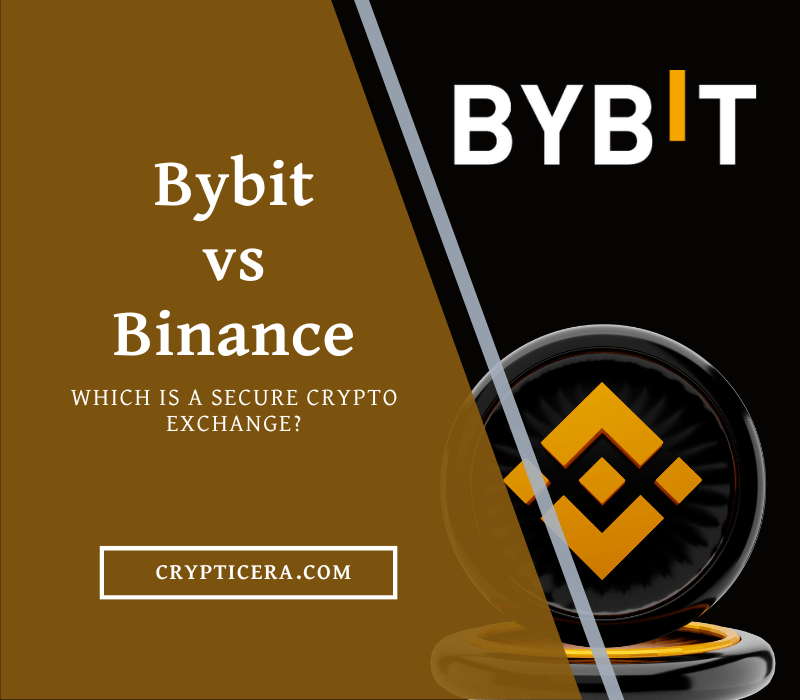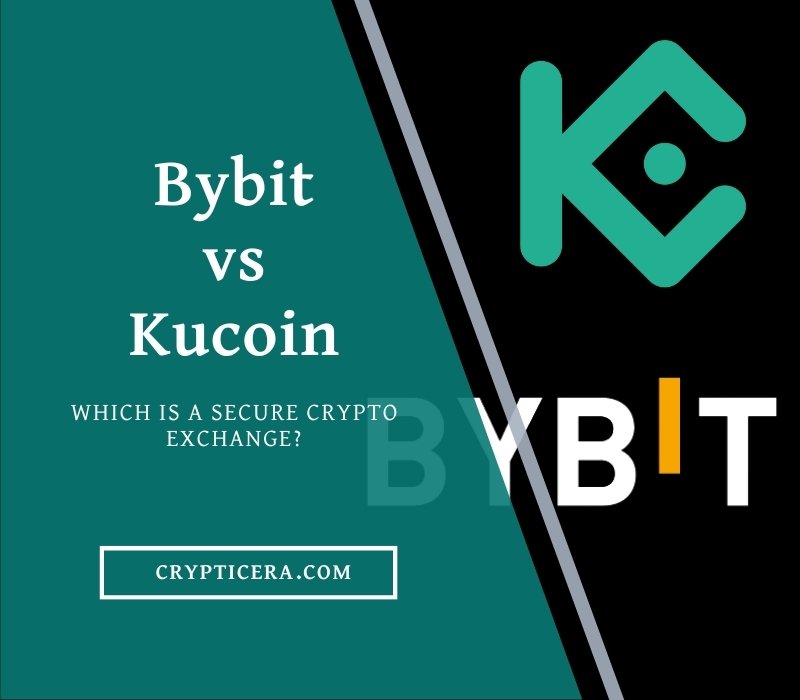In the rapidly evolving world of decentralized finance (DeFi), two blockchain platforms that have emerged as leaders are NEAR and Fantom.
Both platforms offer a wide range of DeFi protocols and decentralized applications (DApps). This allows users to earn a yield on idle assets, participate in liquidity pools, and engage with a variety of financial services.
In this blog post, we will compare NEAR and Fantom and explore their role in the DeFi space, including their key features, adoption, and potential risks and benefits.
NEAR vs Fantom (FTM): Key Differences and Similarities
| Feature | NEAR | Fantom |
|---|---|---|
| Launched date | 2021 | 2019 |
| Market Cap | $1.4 billion | $650 million |
| Founders | Illia Polosukhin, Alexander Skidanov | Dr. Ahn Byung-ik, Dr. Ahn Byung-ik |
| Consensus mechanism | Proof-of-Stake Sharding (PoSS) | Proof-of-Stake (PoS) |
| Decentralization | Highly decentralized | Highly decentralized |
| Scalability | High | High |
| TPS | 1,000 | 25,000 |
| DApps | Yes | Yes |
| Smart contract language | AssemblyScript | Solidity |
| TVL | $75 million | $450 million |
| Governance | On-chain governance | On-chain governance |
| Energy consumption | Low | Low |
| Company collaborations | NEAR Foundation, ChainGuardian | Fantom Foundation, ChainGuardian |
| ICO investors | Metastable, Pantera Capital, Electric Capital | LD Capital, BlockWater, NGC Ventures |
NEAR vs Fantom (FTM): The Ultimate Comparison

Scalability
Fantom is a blockchain platform that boasts impressive speed and low transaction costs. With a capacity of 25,000 transactions per second and transaction fees that are almost negligible, it offers users a fast and cost-effective way to carry out transactions.
In addition, its time to finality (TTF) is just 1 second, which means that transactions are processed and finalized very quickly.
NEAR is another blockchain platform that also offers fast and low-cost transactions. It has a lower TPS of 1,000, but its transaction fees and TTF of 1.3 seconds are similar to Fantoms.
Winner: Fantom (FTM)
Security & Decentralization
NEAR and Fantom, both platforms use a decentralized network of validators to secure their respective networks.
Fantom (FTM) uses a variant of the Proof-of-Stake (PoS) consensus algorithm, which allows users to “stake” their tokens to participate in the validation of transactions and earn rewards.
This incentivizes users to contribute to the security and stability of the network.
NEAR, on the other hand, uses a different consensus algorithm called “Proof-of-Stake Sharding” (PoSS).
This mechanism allows the network to scale and process more transactions without sacrificing decentralization.
Winner: NEAR
Total Value Locked (TVL) & Defi
Total Value Locked (TVL) is a measure of the amount of value that has been “locked” or invested in a particular blockchain or decentralized finance (DeFi) protocol.
TVL can be used to gauge the popularity and adoption of a particular blockchain or DeFi protocol.
This is because it reflects the amount of value that users are willing to hold or use on the platform.

In terms of TVL, Fantom has a relatively high TVL compared to the NEAR blockchain platform. The current TVL is over $450 million (as of December 2022).
This reflects the strong adoption and popularity of Fantom’s DeFi protocols and DApps among users.

On the other hand, NEAR has a lower TVL compared to Fantom, with a current TVL of around $75 million.
However, it should be noted that TVL can fluctuate over time. It is not the only factor to consider when evaluating the value and adoption of a particular Defi platform.
DApps
Both platforms offer tools and resources for developers to build and deploy their own DApps.
They also host a range of existing DApps that are built on their respective networks.
Some popular DApps on the Fantom blockchain include:
- FTM Swap: A decentralized exchange (DEX) for buying and selling Fantom tokens and other cryptocurrencies
- Fantom Finance: It is a DeFi protocol for earning yield on idle assets and participating in liquidity pools
- Fantom Gaming: A platform for playing and earning rewards in online games
- Fantom Opera: This is helpful in building and deploying smart contracts and DApps
Some popular DApps on the NEAR blockchain include:
- Anchor: It is a DeFi protocol for earning yield on idle assets and participating in liquidity pools
- NEAR Protocol: A native platform of NEAR blockchain for building and deploying smart contracts and DApps
- Moonbeam: The Popular chain for building and deploying Ethereum-compatible DApps on the NEAR blockchain
- CryptoSkulls: It is a game for collecting and trading digital collectibles
Programming Language
NEAR uses its own programming language called “AssemblyScript” for writing smart contracts.
AssemblyScript is a variant of TypeScript, a popular programming language that is similar to JavaScript.
It is designed to be easy to learn and use, and it allows developers to write smart contracts that are compatible with the NEAR blockchain.
Fantom uses a different programming language called “Solidity” for writing smart contracts.
Solidity is a popular programming language specifically designed for writing smart contracts on the Ethereum blockchain.
Algorithm
Fantom uses a proof-of-stake consensus algorithm called “Lachesis“, while NEAR uses a new algorithm called “Nightshade“.
Here are some key differences between both algorithms-
- Purpose: Both algorithms are designed to facilitate the secure, decentralized processing of transactions on their respective platforms.
- Scalability: Lachesis and Nightshade both are designed to be scalable. Fantom claims that Lachesis can support thousands of transactions per second, while NEAR claims that Nightshade can support hundreds of TPS.
- Security: They are designed to be secure and resistant to attacks. Lachesis uses a decentralized, distributed network of validators to ensure that transactions are processed correctly, while Nightshade uses a network of validators and “block producers” to reach consensus.
- Interoperability: Again, Both are designed to be interoperable. This means they can interact with and integrate with other blockchain systems. It allows for cross-chain communication and the ability to build applications that span multiple blockchains.
What is Near Protocol (NEAR)?

Near Protocol (NEAR) is a decentralized, open-source blockchain platform that aims to enable the creation of scalable and secure decentralized applications (dApps).
It is designed to be developer-friendly and to support a wide range of applications, including those that require high transaction throughput and low transaction fees.
NEAR uses a novel consensus algorithm called “Nightshade” that is based on a variant of the proof-of-stake (PoS) mechanism.
This incentivizes validators to act in the best interests of the network and helps to ensure the security and stability of the blockchain.
Key Features of NEAR blockchain
- Near is a decentralized, open-source blockchain platform that is designed to be scalable and easy to use.
- It utilizes sharding, which allows it to process transactions more efficiently. This also helps in handling a higher volume of TPS compared to other blockchains.
- Near has a unique governance model that allows token holders to vote on important decisions and participate in the direction of the network.
- The blockchain features a flexible smart contract platform, which allows developers to build and deploy a wide range of decentralized applications.
- It has a focus on usability and user experience, making it accessible to a wide audience of users, including those who are new to blockchain technology.
What is Fantom (FTM)?

Fantom is a decentralized, open-source blockchain platform that aims to offer fast, secure, and scalable infrastructure for building distributed applications (dApps).
It is designed to be a next-generation blockchain that addresses some of the scalability, security, and efficiency issues of an existing blockchain Trilemma.
The native cryptocurrency of the Fantom platform is called FTM. It is used to facilitate transactions and incentivize network participation.
Key Features of Fantom Blockchain
- Fast transaction speeds: Fantom claims to have the fastest transaction speed of any blockchain, with the ability to process thousands of transactions per second.
- Low transaction fees: It uses a proof-of-stake (PoS) consensus mechanism. This is more energy-efficient than proof-of-work (PoW) and allows for lower transaction fees.
- Scalability: Fantom also uses a new mechanism called “Lachesis”, which is designed to be scalable and able to handle high transaction volumes.
- Compatibility with existing blockchains: FTM is designed to be interoperable with other blockchains. This indicates the possibility of cross-chain communication.
- Use cases: It is intended to be used for a wide range of applications, including supply chain management, digital identity, and financial services.
Related:
Conclusion
In conclusion, NEAR and Fantom are both blockchain platforms that have made significant contributions to the DeFi space.
They offer a wide range of protocols and DApps that allow users to engage with and participate in decentralized financial services.
Both platforms have strong adoption and have achieved notable milestones in terms of their TVL and market capitalization.
FAQs
What are the main use cases for Fantom and NEAR?
Fantom is intended to be used for supply chain management, digital identity, and financial services. NEAR is also intended to be used for a variety of applications, including decentralized finance (DeFi), gaming, and prediction markets.


